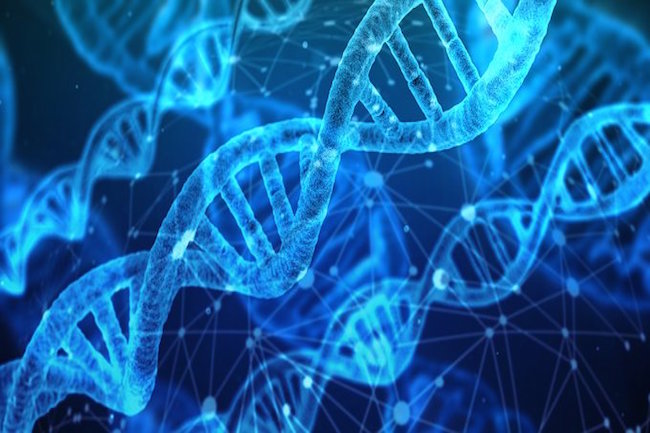The new generation of ‘forever chemicals’ – toxicity, exposure, contamination and regulation Alexis Temkin, Ph.D. (EWG)
The fluorinated chemicals called PFAS, for per- and polyfluoroalkyl substances, are a class of synthetic, toxic and persistent chemicals used in more than 1,000 consumer and industrial products and applications. After revelations of their health hazards surfaced, the two most notorious PFAS compounds – PFOA, formerly used to make DuPont’s Teflon, and PFOS, formerly an ingredient in 3M’s Scotchgard – were phased out under pressure from the Environmental Protection Agency.
They have been replaced by a new generation of structurally different PFAS compounds that the chemical industry claims are safer. But the more we learn about these replacements, the more the evidence mounts of their close similarity to the phased-out compounds, and of the concerns they share with first-generation PFAS about health hazards and contamination of our bodies and the environment.
This science review details what we know and what we are still learning.
Support Our Site

Now is your chance to support Gospel News Network.
We love helping others and believe that’s one of the reasons we are chosen as Ambassadors of the Kingdom, to serve God’s children. We look to the Greatest Commandment as our Powering force.
Long chains and short chains
Structurally, all PFAS are made of molecules containing carbon and fluorine atoms directly attached to one another, providing an extremely strong bond. Although these bonds enable PFAS to repel water and oil, they also make PFAS environmentally persistent, which means they are extremely resistant to degradation – the reason they are often described as “forever chemicals.”
In the early 2000s, PFAS were effectively split into two groups – so-called long-chain compounds, like PFOA and PFOS, which were being phased out, and the new generation of short-chain compounds. The difference lay in the number of carbon atoms in their structure.
Long-chain PFAS were defined as substances having six or more carbons for the kind of chemicals called sulfonates, and eight or more carbons for chemicals called carboxylic acids. Short-chain PFAS were defined as substances with five or fewer carbons for sulfonates and seven or fewer carbons for carboxylic acids. The chemical industry said short-chain PFAS were safer, primarily because they tend to leave our bodies more quickly, and the structural differences were a way for companies to avoid the regulatory pressure directed at long-chain PFAS.




